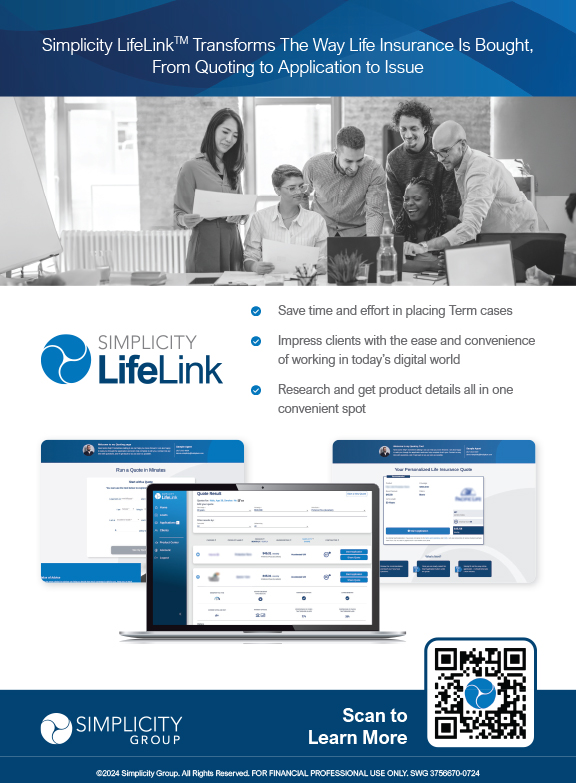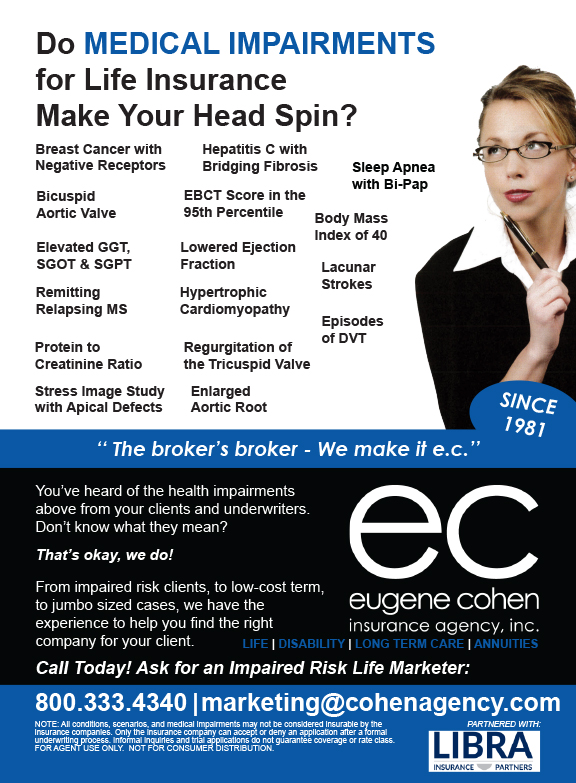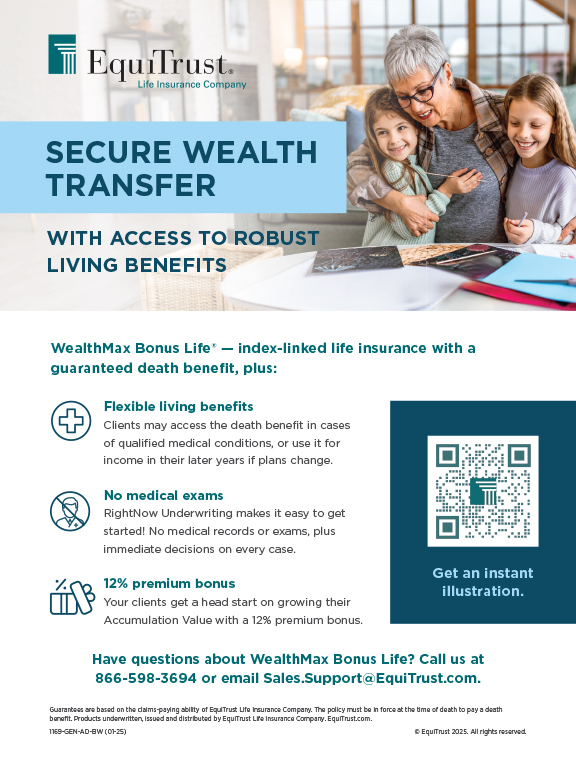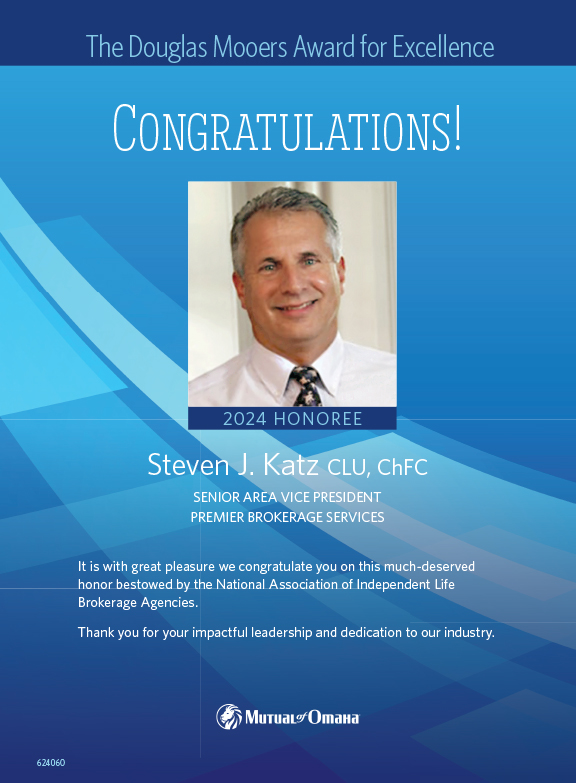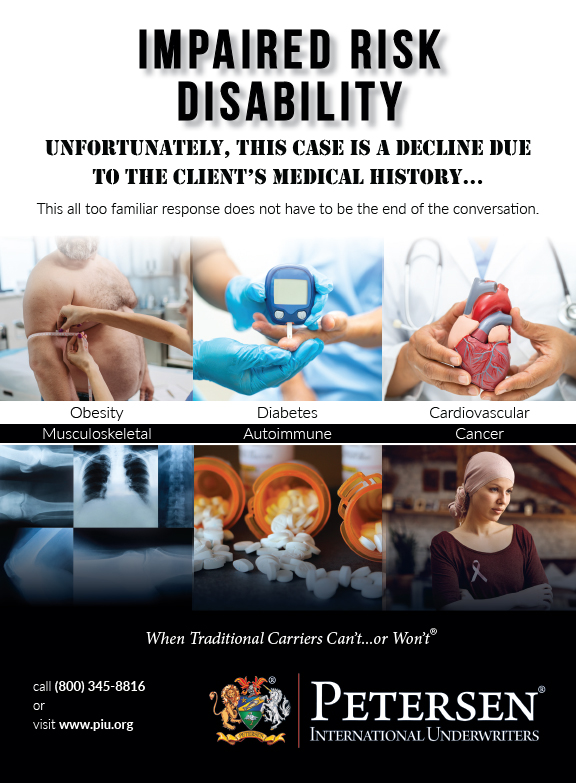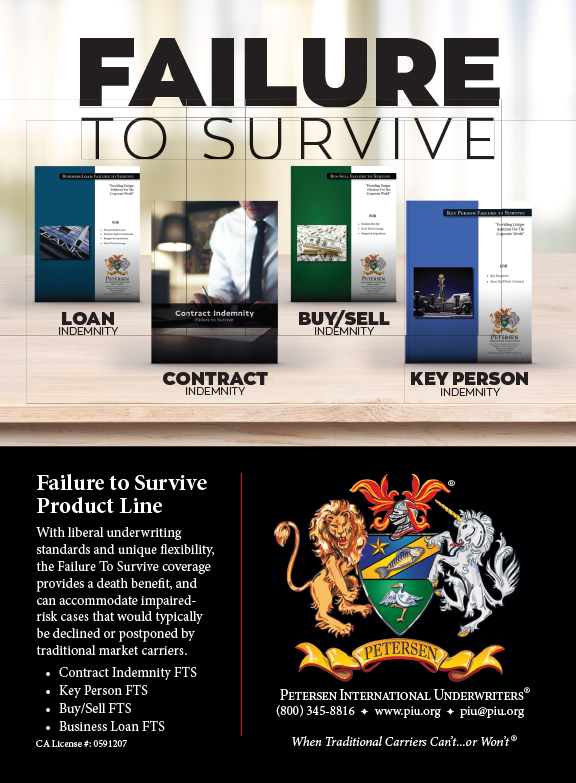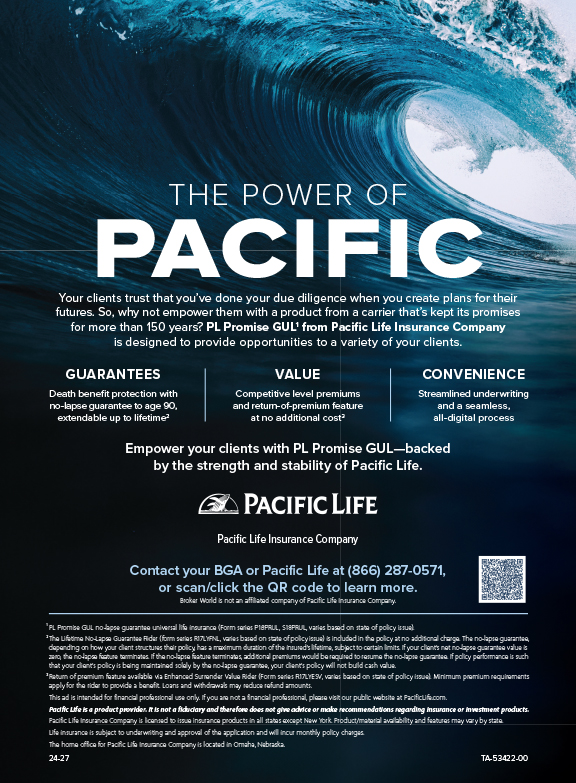We all grew up hearing the proverb that “Curiosity killed the cat.” If we were to pause and reflect on what the underlying message of this proverb of fairly-recent origin is intended to communicate, it is simply to warn of the dangers of unnecessary investigation or experimentation. The original form of the proverb, now little used, was “Care killed the cat.” In this instance, “care” was defined as “worry” or “sorrow for others,” which certainly sounds exactly like what we do as long term care advocates where our focus is client-centric and all about asking questions for the benefit of others whom we attempt to serve with our products and services.
The earliest printed reference to the original proverb is attributed to Ben Jonson, a British playwright in his 1598 play, Every Man in His Humour, reading “Helter skelter, hang sorrow, care will kill a cat, up-tails all, and a pox on the hangman.” This was first performed by a popular guy by the name of William Shakespeare.
Shakespeare later used a similar quote in his own 1599 play, Much Ado About Nothing, “What, courage man! what though care killed a cat, thou hast mettle enough in thee to kill care.”
The proverb remained the same for the next three hundred years, when Ebenezer Cobham Brewer included this definition in his Dictionary of Phrase and Fable: “Care killed the Cat. It is said that ‘a cat has nine lives,’ yet care would wear them all out.”
The origin of the modern variation with which we are all familiar remains unknown. It is found in an Irish newspaper from 1868: “They say curiosity killed a cat once,” In the 1902 edition of Proverbs: Maxims and Phrases, by John Hendricks Bechtel, the phrase “Curiosity killed the cat” is the lone entry under the topic “Curiosity.”
The 1909 short story Schools and Schools penned by O. Henry, includes a mention that suggests knowledge of the proverb had become widespread by that time: “Curiosity can do more things than kill a cat; and if emotions, well recognized as feminine, are inimical to feline life, then jealousy would soon leave the whole world cat-less.”
One hundred years later, I prefer to think of Curiosity as a good thing that has fueled exploration of the universe and the oceans, launched countless advances in medical treatments and pharmacology contributing to a longer lifespan for all of us, as well as the development of the various and sundry insurance products that we can offer to our clients to provide for better lives as they continue to age in place.
A friend of mine just underwent quadruple by-pass surgery. You may think, “No big deal these days. It is a fairly routine procedure now.” While that is now the case, back in the 1950’s it was still considered taboo to even touch the heart, much less operate on it. One of the pioneer cardiovascular surgeons, Dr. Russell M. Nelson, was later asked countless times, “How do you go from being told in medical school that you could not touch the heart or you would be discredited as a doctor, to leading the charge in the creation of the first heart-lung bypass machine?” His answer: “Oh, I was curious.”
A master of innovation and a man of great vision, Walt Disney shared this about Curiosity: “It keeps us moving forward, exploring, experimenting, and opening new doors.”
A little while ago I had the privilege of participating in a webinar featuring one of my favorite leadership authors, John Maxwell. John was straightforward in his teaching and shared with us The Law of Curiosity as he wrote about it in his wonderful book The 15 Invaluable Laws of Growth.
A key takeaway from the webinar is that while leadership is influence, you must know how to lead yourself first. It is important to know yourself in order to grow yourself.
The Law of Curiosity basically says that Growth is subject to wanting to learn more, which seems to make sense. Socrates said that wonder is the beginning of wisdom. That may explain why Edison could find two thousand ways not to power the filament of the electric light bulb before finally finding the way that worked.
Curiosity tells us that we are missing something, and it is okay for us to always assume that we are still missing something. It is this wonder that will continue to drive us to grow and develop.
Curiosity connected to Imagination and Creativity, takes us well beyond ordinary. I suspect that Walt Disney and all that he created is concrete evidence of this theory.
Curiosity begins with the existence and posing of more questions. Which in turn leads me to wonder, why don’t people ask more questions?!? I loved it when my own kids were young and “Why?” and “How come?” were very common questions heard around the house. Questions help you get beneath the surface and discover the truths of nature and science.
In his webinar, John challenged us to live a life of questions because Imagination creates options which is something that we should all be striving to do for ourselves, our families, and our clients. Imagination allows us to know that there are different ways of doing something. Creativity provides more solutions.
Don’t be afraid to seek out new products and carriers as alternative solutions to your clients. It may require you to be uncomfortable as you learn a new product, but once you have this additional arrow in your quiver it will be there time and time again in the future.
Curiosity is in fact the fuel that allows us to escape from our comfort zones and to become “comfortable with the uncomfortable.” Curiosity allows us to present ourselves to our prospects, clients, and centers of influence with confidence and without appearing arrogant. This is important because confidence is attractive to clients while arrogance is often nothing short of repelling.
Curiosity allows us to grow professionally as confidence is accompanied by competence. Confidence and competence allow us to provide our clients with the professional clarity and decisiveness that they are craving from us as their advocates. If we are truly placing ourselves on the same plane as doctors, attorneys and other advisors, this clarity and decisiveness is critical. I cannot imagine that too many of us would feel confident if any of these other professionals were to render advice either sheepishly or with an “I think” tagged on the end! Likewise, our clients need to see and feel the confidence and conviction that you have in the work that you do. They depend on it when following your recommendations and making these often life-altering decisions.
Curiosity allows us to ask the “what if?” questions that permit us to formulate appropriate recommendations. Like the fictional detective Lieutenant Columbo who seemingly always had just one more question, it is our natural curiosity that allows us to frame up and ask the important and necessary questions with evidenced resolve. Curiosity also strengthens us to make recommendations with a certainty that will move people through their inertia to make the decisions they keep putting off.
At the end of the day, if you don’t have confidence in your value others won’t either. Sooo…be Curious! It may have killed the cat but will place you in good stead with your clients.















